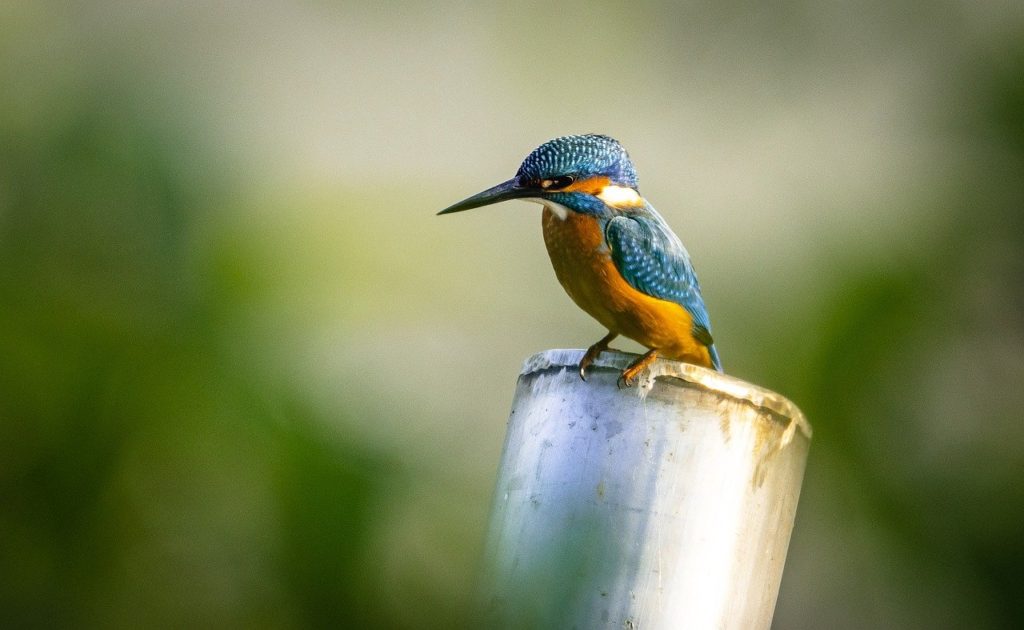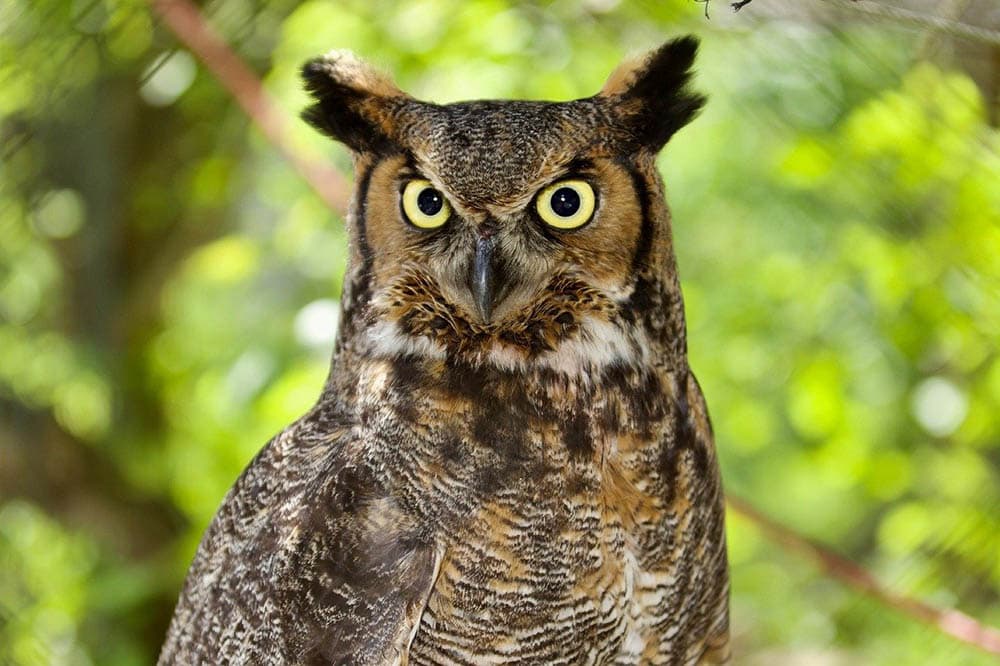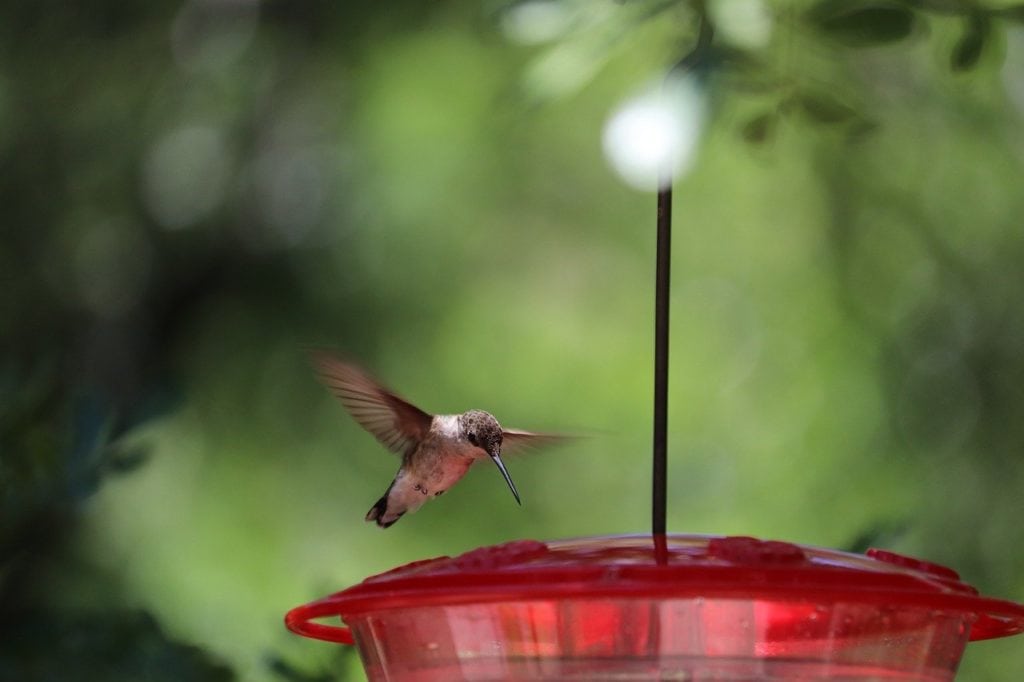When Is The Best Season & Time For Bird-Watching?
Last Updated on


Watch the Sun
Birds are busy creatures. They’re constantly in motion, building their nests, searching for food, looking for a mate, feeding their young. But different species have different behavior and activity patterns, which means any time of day can be perfect for bird-watching. Because bird behavior is so diverse, make sure you plan your excursion ahead of time. Think about what kinds of birds you’re hoping to see and what time of day you’ll be watching. This will ensure you have the most rewarding experience. If you want to see the most birds, however, your best bet is to follow the sun.

What time of the day is Best for Bird Watching?
Morning
Birds are highly active in the early morning as they begin foraging for breakfast, and again in the evening as they work to fill their bellies for the long night. After feeding, most birds tend to rest and digest, meaning the hours around noon can be less ideal for sightings. Morning is the perfect time to spot songbirds and ground-hunting insectivores.
Noon
Not all birds disappear in the afternoon. The warmest parts of the day create more thermal activity in the air, which means birds of prey can soar at optimal heights to spot food scampering on the ground. You’re more likely to spot hawks, falcons, and eagles at midday.
Evening
The period between evening and night is another active period for most birds, though not as ideal as mornings. You’ll be working against the light, meaning your experience will diminish as you watch. But nights are still perfect for spotting nocturnal birds, such as owls, nightjars, nightingales, and the famous New Zealand kiwi. Many birders also enjoy watching bats, even though they’re not birds.


What Season is Best for Bird Watching?
Winter
Birds don’t only follow daylight patterns, they also follow migratory patterns with the seasons. You’ve probably heard the old saying that birds fly south for the winter, but this doesn’t apply to all species. Many stick around for the cold weather, such as juncos, robins, sparrows, and cardinals. They puff up their feathers and eat fat-rich foods for insulation, meaning your seed-filled feeder is a great way to attract winter sightings. Evergreen trees are also a great place for spotting birds in the cold weather, as they provide excellent shelter.
Spring
Birds that seek warmer winter climates embark on spectacular migrations in the spring. The Gulf Coast states see a huge influx of songbirds during spring, when the birds’ migration exhaustion sends them amassing in tree groves. Texas and Florida each boast birding hotspots for spring migrations of countless bird species. But spring bird-watching can be just as rewarding in your own backyard. This is when wrens begin gathering nesting materials and moving into your birdhouses, and when hummingbirds begin to seek out nectar from your feeders. You might even spot a robin digging for worms in your garden beds.
Summer
Summer is molting season. After spring breeding, birds tend to lay low as they shed old, weather-worn feathers and grow new, flight-strong replacements. But until new feathers are fully formed, it can mean less agility for the bird and more susceptibility to predators. Birds tend to be less vocal during this time out of self-preservation, making them more difficult to spot. One great strategy to finding birds in the summer is to search around areas where you discover molted feathers.

Fall
Possibly the most popular bird-watching season, fall not only has colorful foliage and cooler temperatures but also more opportunities to witness migrations. Long-distance migrators (such as swallows, cranes, and sandpipers) are most active between August and October, while short-distance migrators (such as geese, ducks, and sparrows) can be on the move until December. The south shore of any body of water can be a great place to spot migrating birds at rest. And because fall is a natural time for harvest, orchards, and crops also tend to be bird-watching hotspots. Keep an eye on the weather for cold fronts, as well. The cold triggers massive migrations and can be an ideal time for sightings.

Maximize Your Experience
- Start Early. The period from sunrise to mid-morning is a bird’s most active hours. You’re more likely to see a wide variety of species if you beat the heat of afternoon.
- Plan Ahead. Check your local weather listings. A clear, warm morning will leave you surrounded with various songbird species. The morning after a rainstorm will deliver worm-foraging robins. A hot day will attract hawks, falcons, vultures, and other birds of prey. The arrival of a cold front will provide the perfect morning for watching fall migrations. Check local websites for ideal bird-watching spots and times, especially during migration seasons.
- Know Your Zone. Bird habitats are diverse. It’s important to familiarize yourself with your local ecology if you want to maximize your bird-watching experience. Food sources are your best bet to find the most birds. If you’re bird-watching in the cold, for instance, look for areas with pine or other evergreens that produce seeds. Coastal areas riddled with crabs attract shorebirds. Grassy areas with insects attract insectivores.

Final Thoughts
The secret to finding the best time to bird-watch is experience. That doesn’t mean you need to be an expert to make the most of it. But the more you get outside and observe, the more familiar you’ll become with bird behavior. You’ll develop an instinct for how long birds stay active, which periods of the morning are most fruitful, and what birds make their appearances during which seasons. When you learn their patterns, the best time for bird-watching will be the time you make for it.
Birding equipment we’ve reviewed:
About the Author Robert Sparks
Robert’s obsession with all things optical started early in life, when his optician father would bring home prototypes for Robert to play with. Nowadays, Robert is dedicated to helping others find the right optics for their needs. His hobbies include astronomy, astrophysics, and model building. Originally from Newark, NJ, he resides in Santa Fe, New Mexico, where the nighttime skies are filled with glittering stars.
Related Articles:
Binocular Magnification Chart: Numbers & Distances Compared
What Is the Best Binocular Magnification for Hunting? Optical Features Explained
When Were Binoculars Invented? History, Today & Future
How to Choose Binoculars for Bird Watching: 10 Expert Tips
How to Clean a Refractor Telescope: Step-by-Step Guide
How to Clean a Telescope Eyepiece: Step-by-Step Guide
How to Clean a Rifle Scope: 8 Expert Tips
Monocular vs Telescope: Differences Explained (With Pictures)
